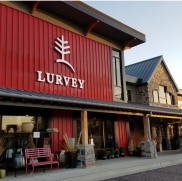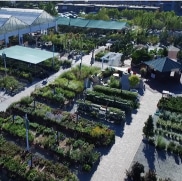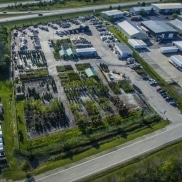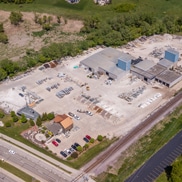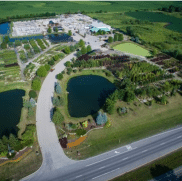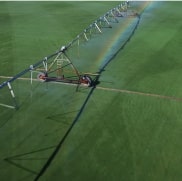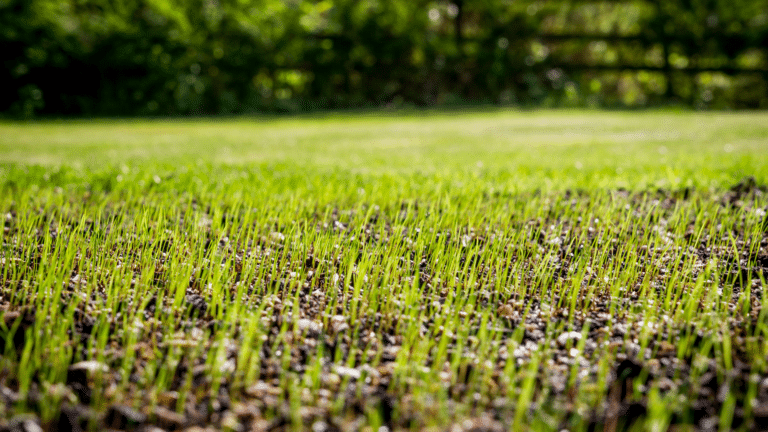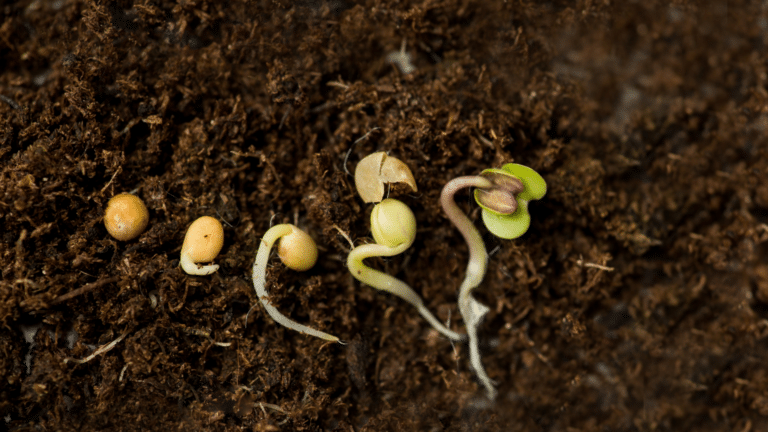Thuja is the genus and there are 5 main species of Arborvitae. The two species that are best for our area are “occidentalis” with the common names of Eastern Arborvitae, American Arborvitae, and Eastern White Cedar, and “plicata” with the common name of Western Red Cedar. Of these two, there are many “varieties,” listed below to demonstrate.
Example: Emerald Green Arborvitae is Thuja Occidentalis “Emerald Green.” (Genus Species “variety”)
| Occidentalis Varieties: | Height | Spread | Distance Apart |
| Brabant | 12-15′ | 3-4′ | 3-4′ |
| Dark Green | 18-20′ | 6-10′ | 5-8′ |
| De Groot | 15-20′ | 4-6′ | 2-3′ |
| Emerald Green | 15-18′ | 3-4′ | 2.5-3’ |
| Mission | 10-15′ | 6-10′ | 4-8′ |
| Wintergreen | 20-30′ | 5-10′ | 4-8′ |
| Yellow Ribbon | 8-10′ | 2-3′ | 2-3′ |
| Bowling Ball | 2-3′ | 2-3′ | |
| Danica | 2-3′ | 2-3′ | |
| Fire Chief | 3-4′ | 3-4′ | |
| Bowling Ball | 3-4′ | 3-4′ | |
| Woodward | 3-5′ | 3-5′ |
| Plicata Varieties: | Height | Spread | Distance Apart |
| Green Giant | 40-60′ | 12-18′ | 5-10′ |
| Whipcord | 3-5′ | 3-5′ |
All arborvitaes prefer full sun to part shade. They can take full shade but will grow less full and varieties that show color will be green. Water 1” a week when established, twice a week when first planted for a few weeks. They can be used for foundation planting, privacy hedges, and accents. Additionally, insects that can affect them are bagworms, spider mites, and scale. Diseases that can affect are tip blight, canker, and root rot. Overall, environmental issues are the main concern, too much or too little water, dehydrating winter winds, and snow accumulation. Generally, all issues can be controlled by planting with compost or mulch covering, in a sunny to part sun location, protected by winter winds, in well-drained soil.
